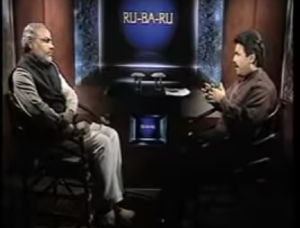Fake news often relies on certain persuasive strategies to make false information appear to be true and to convince people to believe it. Here are some of the most common strategies:
Emotional appeals: Fake news often uses emotional appeals, such as fear, anger, or disgust, to elicit a strong emotional response and make people more likely to believe and share the information.
Sensational headlines: Fake news often uses headlines that are designed to be shocking, sensational, or unbelievable, to grab people’s attention and encourage them to click and read more.
Confirmation bias: Fake news often targets people’s existing beliefs and biases, playing into their preconceived ideas and reinforcing their opinions.
Use of authority: Fake news can sometimes use the appearance of authority, such as citing “experts” or using official-looking logos and graphics, to lend credibility to false information.
Misleading statistics and data: Fake news may use selectively presented statistics or data to support false claims and make them appear more credible.
Social proof: Fake news may leverage the power of social proof by creating the illusion of widespread agreement or by using fake social media accounts to artificially inflate its popularity.
By understanding these persuasive strategies, you can become better equipped to identify and resist the influence of fake news and misinformation.












